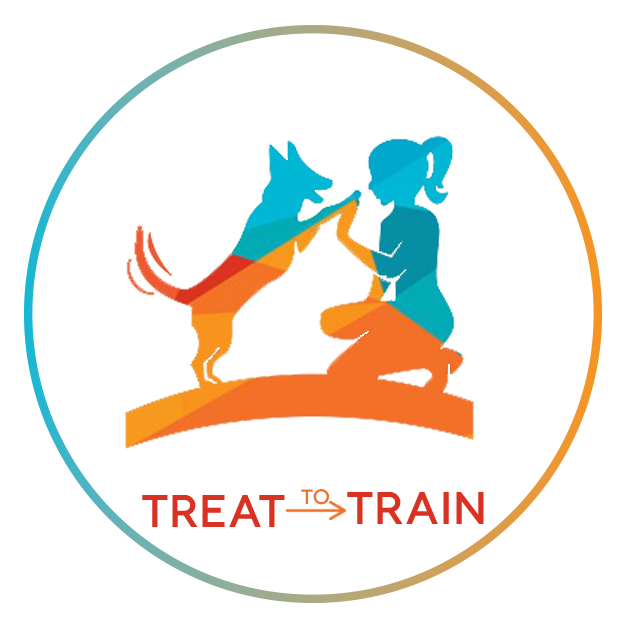Rediscovering Walks: The Magic of Decompression Strolls
So, you know when you stumble upon a game-changing idea, and you're just nodding along, saying, "Yes, yes, yes!" That's exactly what happened to me when I first heard about "decompression walks" on Sarah Stremming's Cog-Dog Radio podcast. It was like, "Whoa, there's a term for what's been turning my dog's and my life around!" Let me take you on this journey.
When my pup Swift hit six months, he suddenly decided he was a border collie teenager. We became reactive and really overstimulated in the outside world. Going out, even to training, wasn’t a great time for us.
I won't get into the whole ordeal (I spilled the details here), but imagine not being able to take your dog for a simple, calm stroll outside. Heartbreaking, right?
Desperate to help Swift chill out, I started experimenting with different places to walk him. A friend introduced us to some nearby trails that were suitable for reactive dogs and that's when the magic began.
At first, it was just a relief from the usual neighborhood walks—the chance to kick back, be in nature, and not constantly be on alert. But as days turned into weeks, I started seeing a whole new Swift. The stressed-out puppy that used to be hypervigilant at every noise or pull desperately because he got so excited? Poof, gone with the wind. Now, he was carefree, confident, and just genuinely happy. And guess what? That newfound confidence spilled over into other parts of his life, even our neighborhood.
Good days started outnumbering the bad ones, and let me tell you, these walks were nothing short of miraculous. Months down the line, and our decompression walks are still the highlight of our day.
So, what's a decompression walk, you ask? Well, according to Sarah Stremming, it's a walk where your dog gets freedom of movement in nature. Simple, right? But the impact—oh boy, it's massive.
Dogs are natural explorers, sniffers, and runners. They see the world through their noses, and their natural pace is way quicker than ours. Throw in city living with leashed walks on busy streets, and it's not exactly a dog's dream. It can even be stressful for some dogs and I greatly prefer walking in calmer areas.
Now, the whole "a tired dog is a good dog" thing? Not entirely accurate. Some types of exercise can actually stress them out more. And here's where decompression walks swoop in to save the day.
These walks let dogs be dogs, doing their natural thing in a calming and decompressing way. Freedom of movement means they get to make choices and explore. Sniffing and exploring provide both physical and mental stimulation. One of my spots is Bishop Bird Park in Centurion.
For dogs dealing with stress or reactivity during their regular walks, decompression time is like hitting the reset button. It's a stress-relief session that does wonders for their behavior.
But here's the cool part—there's no one-size-fits-all here. If going off-leash isn't an option, try a long line. Some dogs might need a bit of learning to keep the line loose, turning it into a fun engagement exercise.
Can't hit a trail or a beach? No worries. A grassy field, a baseball or soccer field, a cemetery (seriously), or your own backyard can become the canvas for decompression walks. And if your dog isn't a fan of hustle and bustle, aim for the quiet times, like early mornings or late evenings.
So, think outside the usual neighborhood block. You might be surprised at what you find. Decompression walks shook up our lives, and who knows, they might just shake up yours too. Take the plunge—let decompression walks be the game-changer your dog didn't know they needed, and trust me, you'll see the magic unfold.
